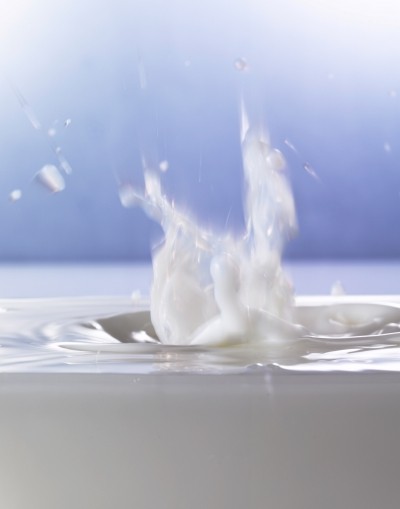Scientists tackle fouling in UHT-processed chocolate milk
Writing in the Journal of Food Engineering, researchers at the University of Queensland said fouling or deposit formation is an every-day problem in the dairy industry and a very common problem during UHT processing of chocolate flavoured milk.
Despite this, they said studies related to chocolate milk have tended to focus on sensory, rheological, and optical properties rather than stability and fouling. They therefore sought to study how different concentrations of carrageenans (kappa and lambda) and sugar provide stability against fouling during UHT treatment.
Methodology
Chocolate milk with different concentrations was heat treated indirectly at 145oC for 6 seconds using a bench-top UHT plant. The temperature of the milk in the preheating and sterilizer sections, and the milk flow rate were determined to evaluate the overall heat transfer coefficient (OHTC) for monitoring fouling during UHT processing.
The scientists concluded that kappa-carrageenan was more effective that lambda- carrageenan in providing stability against fouling. This, they said, can be attributed to the ability of kappa-carrageenan to accelerate the aggregation of denatured b-lactoglobulin molecules and stabilise casein against calcium-induced precipitation more effectively than lambda- carrageenan.
Optimal concentration
An optimal concentration of kappa-carrageenan and sugar was also found that minimises fouling during UHT processing. This optimal level was attributed to the formation of a complex between carrageenan and casein which only marginally increases the viscosity and effectively holds the cocoa particles in suspension, preventing them from interfering with the operation of the UHT plant.
According to the scientists, the results reflect the important role that caseins play in fouling during chocolate milk processing. This, they said is particularly evident when excessive concentrations of sugar and carrageenan are added. High concentrations contribute to increased sediment formation due to coagulation of caseins in UHT-processed milks.
Fouling and sediment formation observed at high sugar and carrageenan levels are associated with very high viscosities after heat treatment. As excessive fouling occurs only after viscosity reaches some critical value, the scientists said more work should be done to determine this value.
Source: Journal of Food Engineering 96 (2010) 179–184
Ultra-high-temperature processing of chocolate flavoured milk
Authors: Sangeeta Prakash, Thom Huppertz, Olena Karvchuk, Hilton Deeth






